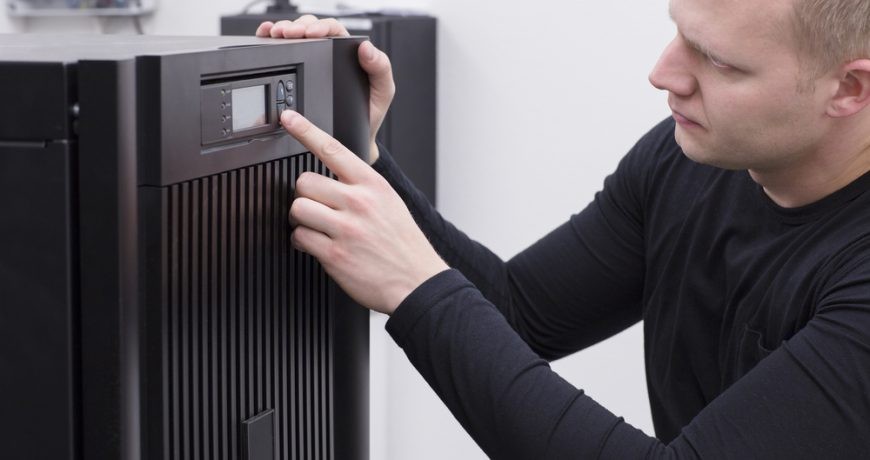A reliable source of backup electricity is vital for both homes and businesses. UPS system installation plays an essential role in ensuring that power interruptions do not affect critical devices or cause data loss. When done correctly, it guarantees seamless protection during outages, keeping systems stable and safe. This guide explores the key aspects of planning, preparing, and completing the process with confidence.
Understanding UPS Systems
Uninterruptible Power Supply (UPS) systems act as a bridge between the main electrical source and your equipment. When power is lost, the UPS instantly takes over, giving either temporary power or enough time to switch to a generator. They not only provide backup but also stabilise voltage, filter electrical noise, and protect sensitive electronics. Knowing how they function will help in appreciating why proper installation is so important.
Pre-Installation Planning
The success of any installation lies in preparation. Start by assessing the total power requirements of your equipment. Identify critical systems that cannot afford downtime, such as servers, routers, or essential home appliances. The UPS capacity should exceed the total load to allow room for growth and efficiency. Another important factor is choosing a suitable location. The site should be well-ventilated, dry, and free from dust, with enough clearance for airflow and maintenance.
Safety checks are also a priority before installation. Make sure wiring complies with local electrical codes, and verify that circuit breakers and sockets are in good condition. Investing in a professional electrical assessment before beginning will prevent future hazards.
Installation Steps
The installation process involves several careful steps. First, position the UPS unit securely on a flat surface or rack. Connect the system to a dedicated power outlet rather than an extension lead to reduce risks of overloading. Next, attach the batteries if they are supplied separately. Follow the manufacturer’s polarity guidance strictly to avoid damage.
Once powered, connect the UPS to your devices. Essential loads such as computers, network equipment, and medical devices should be prioritised. For larger setups, consider a structured layout with labelled connections for clarity. After all devices are linked, perform a test run by simulating a short outage to check if the transition to backup is seamless.
Safety and Compliance
UPS systems involve stored energy, so safety cannot be overlooked. Always use appropriate personal protective equipment during handling, especially when connecting high-capacity batteries. Avoid placing heavy loads on top of the UPS unit, and keep combustible items away.
Compliance with electrical regulations is another crucial step. Some installations may require certification from licensed professionals. This not only ensures safety but also provides peace of mind that the system is legally sound. For businesses, compliance checks may be necessary for insurance coverage.
Maintenance for Reliability
Even after successful installation, a UPS requires regular attention to stay reliable. Batteries naturally degrade over time, so scheduling periodic inspections is vital. Keep the unit clean and free from dust by using dry cloths or compressed air. Most systems include diagnostic software or display indicators—review these frequently for signs of reduced battery health or overload conditions.
Performing annual load tests ensures that the UPS can handle real-world demands. Replacing batteries every three to five years, depending on usage and environment, prevents failures when backup power is most needed.
Benefits of Professional Installation
Although some smaller units can be installed independently, professional services offer added value. Qualified electricians can size the system correctly, ensure compliance, and provide tailored recommendations for efficiency. For larger operations such as data centres or commercial spaces, expert installation is highly advisable. This minimises downtime, maximises performance, and creates a safer working environment.
Conclusion
Installing a UPS system is not just about plugging in a backup power source; it is about creating a dependable safeguard against disruption. Careful planning, precise installation, and ongoing maintenance ensure that your devices and data remain protected when the unexpected occurs. Whether at home or in a workplace, investing time and effort in proper UPS system installation delivers long-lasting peace of mind.





